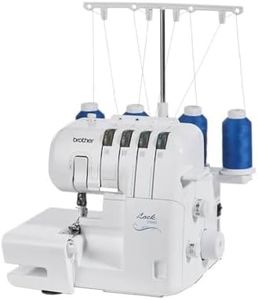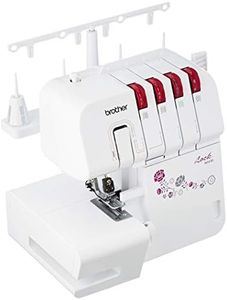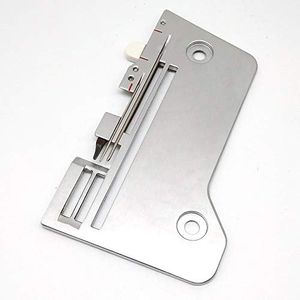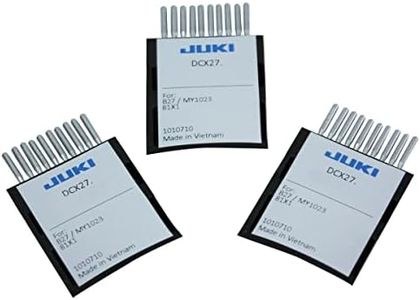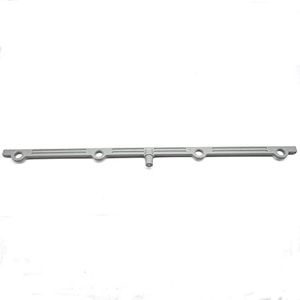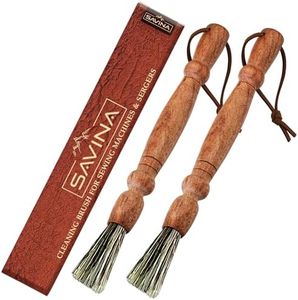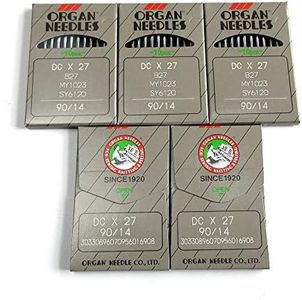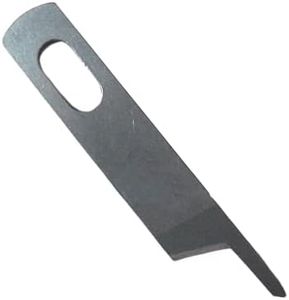We Use CookiesWe use cookies to enhance the security, performance,
functionality and for analytical and promotional activities. By continuing to browse this site you
are agreeing to our privacy policy
10 Best sergers
From leading brands and best sellers available on the web.Buying Guide for the Best sergers
When shopping for a serger, it's important to understand that these machines are designed to trim, seam, and finish fabric edges in one step, giving your sewing projects a professional look. Sergers complement regular sewing machines by handling stretchy fabrics, preventing fraying, and creating strong, neat edges. To select the best serger for your needs, consider how often you’ll sew, the types of projects you plan to tackle, and how much convenience you want in threading and stitch variety. Key specifications will help you decide which machine matches your sewing style, so let's break them down.Number of ThreadsThe number of threads a serger can use at once refers to how many lines of thread it can sew to create a seam. This is important because more threads provide stronger, more flexible seams and allow more stitch options. Basic sergers use 3 or 4 threads, which are good for most general sewing and finishing, but machines that support 5 threads and above can create industrial-style safety stitches for heavy-duty or professional results. If you mostly do light sewing with moderate fabrics, a 3/4-thread serger will be sufficient. For frequent use, heavy fabrics, or more complex garments, consider 5 threads or more.
Differential FeedDifferential feed is a mechanism that controls the movement of fabric through the machine to prevent stretching or puckering, especially on knits and delicate materials. This feature matters if you want smooth, ripple-free seams or plan to work with tricky fabrics. Serger models either lack this feature, have basic adjustment, or offer wide-ranging, precise controls. If you anticipate sewing on a variety of fabrics (like stretch or sheer), opt for a model with an adjustable differential feed.
Ease of ThreadingThreading a serger can be challenging, so the threading system is a key spec to consider. Some machines offer color-coded guides, some have lay-in threading, and others have air-jet systems that make the process almost automatic. A simpler threading process is a huge benefit if you’re new to sergers or want to save time and frustration. If you’re comfortable with complex threading, a basic system might be fine; otherwise, look for models designed for easy threading, especially if you plan to change threads often.
Stitch OptionsStitch options determine the types of seams and finishes your serger can create. This might include overlock stitches, rolled hems, flatlocks, and coverstitches. More stitch types mean greater versatility for various projects, from delicate hems to sturdy seams. Simpler machines cover basic finishes, while more advanced ones offer decorative and specialty stitches. Choose a serger with stitch options that match your common projects: basic for simple edging, or more variety if you like experimenting with decorative finishes or advanced garment-making.
Maximum Stitch SpeedMaximum stitch speed, measured in stitches per minute, indicates how fast the machine can sew. Higher speeds let you finish projects faster, which is useful if you make a lot of items or work on large pieces. However, high speed is not always necessary for beginners or those working mostly on small or detailed projects, as it may make learning or precision more difficult. If you sew a lot and feel comfortable with fast machines, opt for higher speed; otherwise, an average-speed machine will suffice and might be easier to control.
Free ArmA free arm feature allows you to sew small, cylindrical pieces of fabric like sleeves or pant legs more easily by sliding them over a narrow base. Not all sergers have this, but it's very convenient if you plan to work on a lot of clothing with sleeves or cuffs. If your main focus is flat seams, this might not be critical, but for garment sewing, having a free arm can make finishing these parts neater and simpler.
